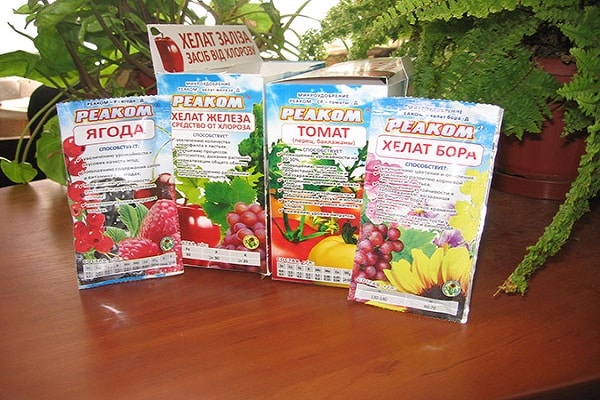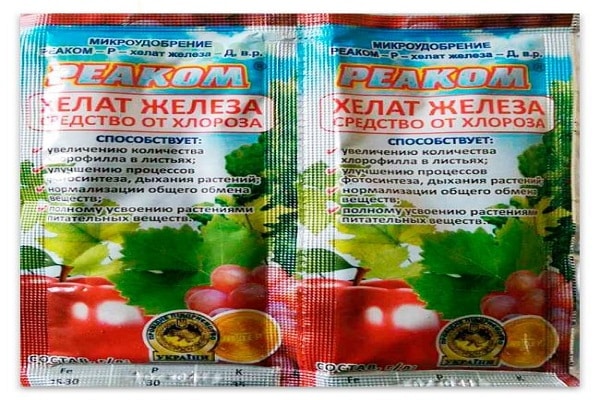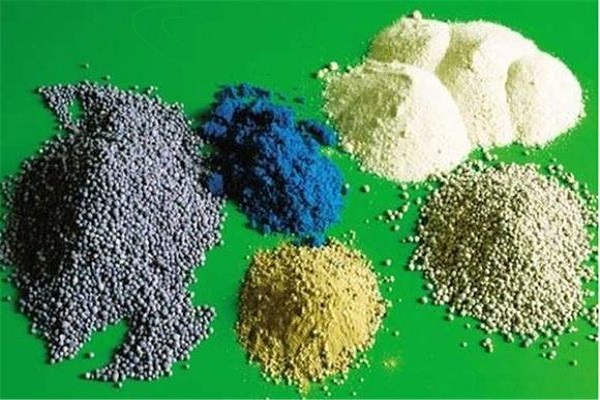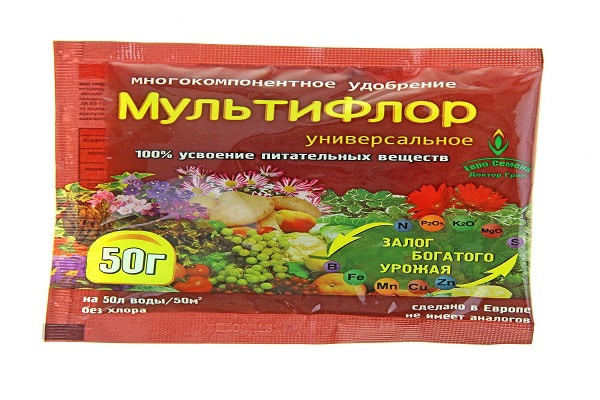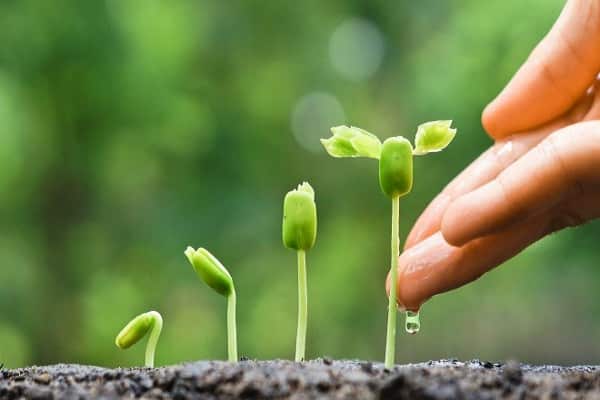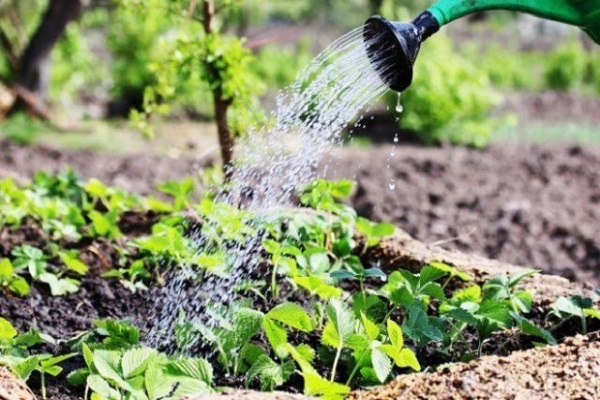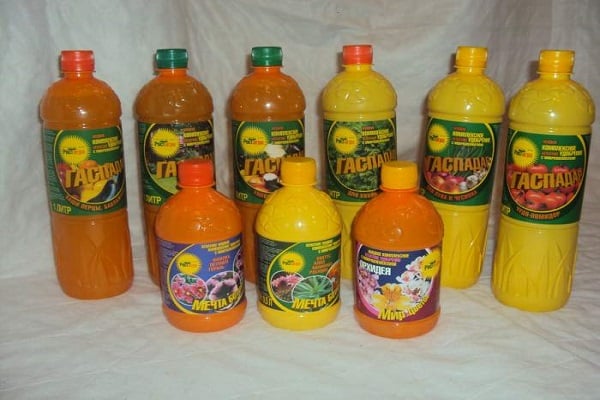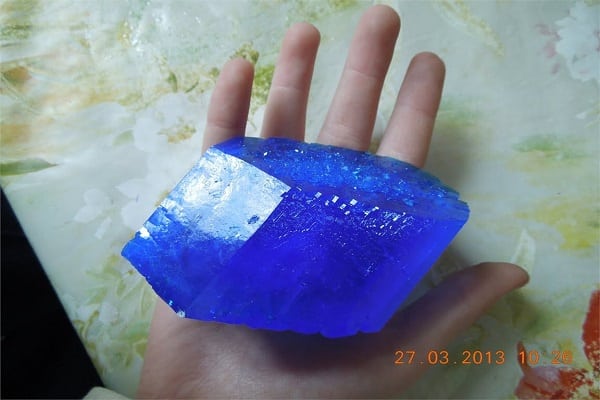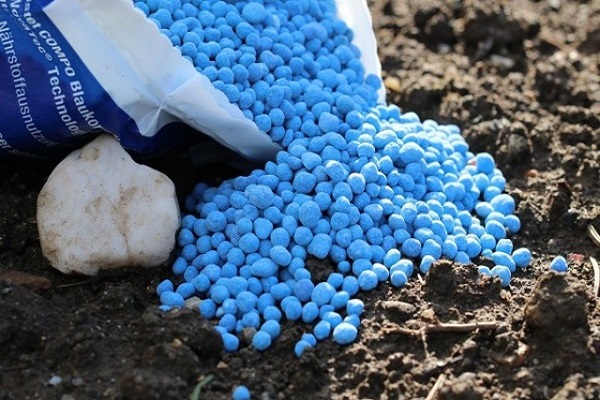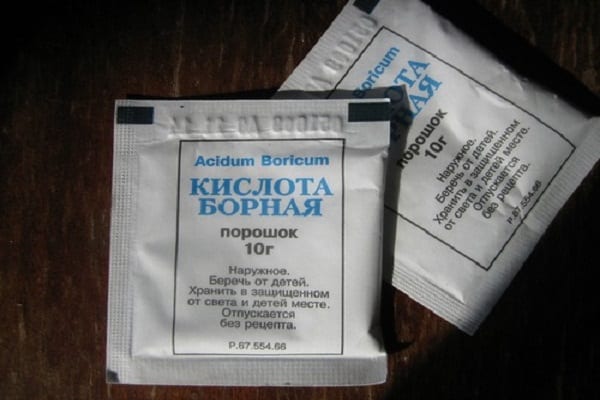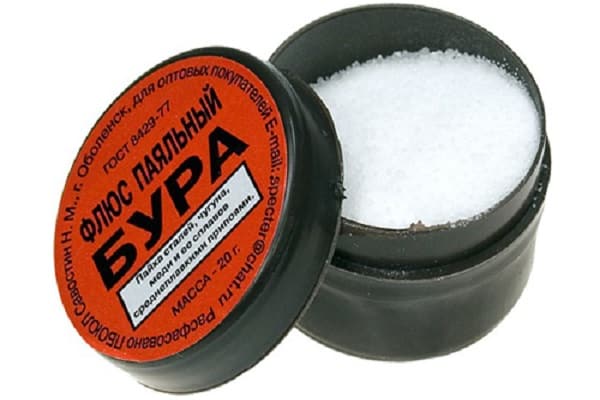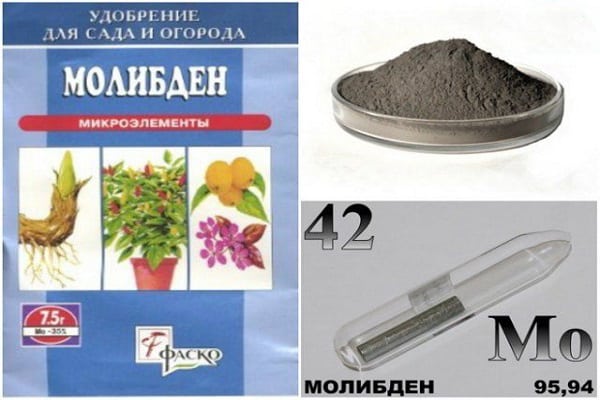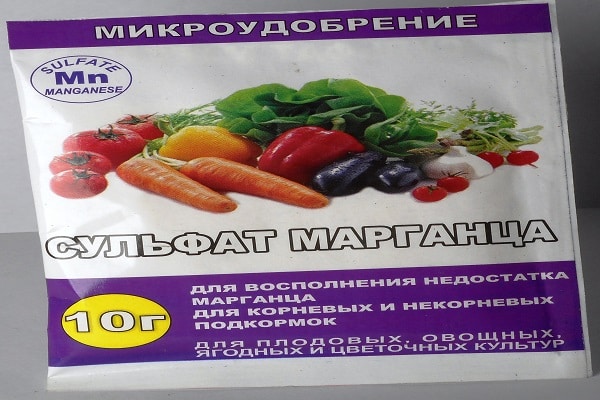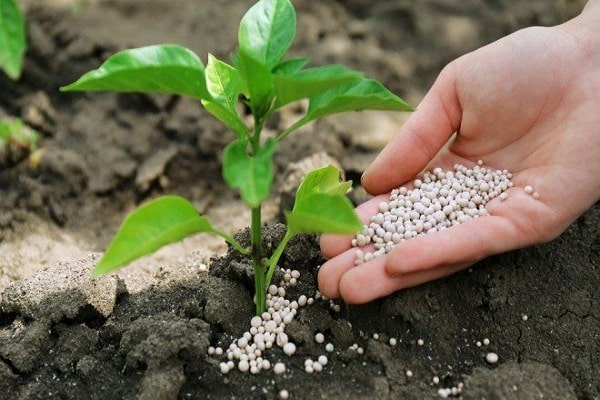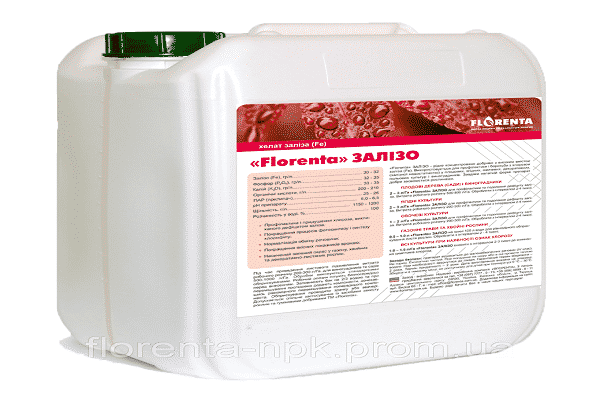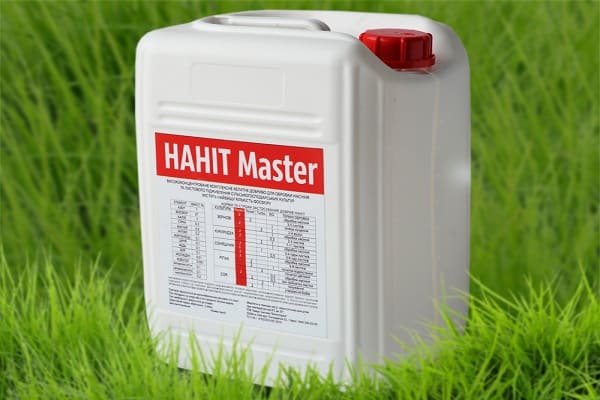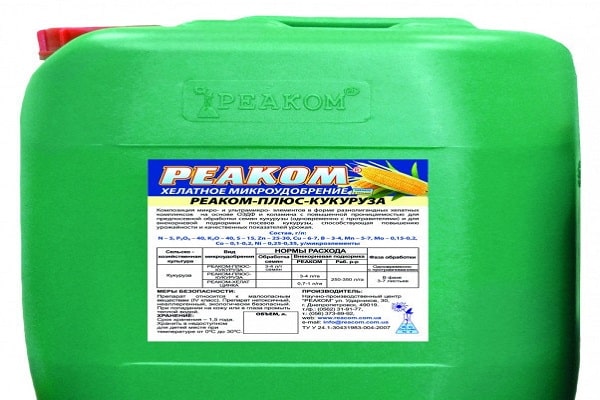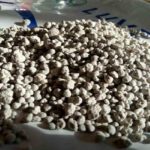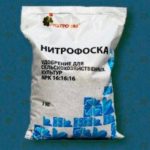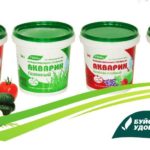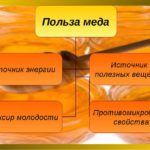Gardeners and gardeners pay attention to microfertilizers in chelated form, using them on their plots. These fertilizers are considered effective for feeding plants, as they are well absorbed without harming the environment. Thanks to such means, you can get good yields of vegetable and garden crops.
- What are chelated microfertilizers?
- Varieties of chelated microfertilizer compositions
- Recommendations for selecting the required chelate fertilizer
- How to use?
- Types of microfertilizers
- Microfertilizers containing copper
- Microfertilizers containing boron
- Microfertilizers containing molybdenum
- Microfertilizers with manganese
- Microfertilizers containing cobalt
- Microfertilizers with iron
- Microfertilizers from the manufacturer
What are chelated microfertilizers?
Chelates are microelements that are actively absorbed by plants. Indeed, for full growth and development, not only nitrogen, phosphorus and potassium are needed, but also organometallic complexes such as iron chelate, magnesium chelate and others.
It was found that they are better than phosphates or sulfates.
A chelate is a micronutrient containing a capture agent. It retains microelement ions until they enter the root part, then converts them into an accessible form and gradually breaks down into compounds that are easily absorbed by plants.
When buying microfertilizers for garden plots containing chelates, take into account that they are different and do not bind to ions in the same way. The acidity of the soil is important, so when purchasing a chelate, it is recommended to take into account both the acidity and which plants to feed.
Varieties of chelated microfertilizer compositions
If the soil is considered poor, then it is fed with a number of microelements. But there are cases when the plant does not develop because a separate microelement is missing, then only this is added to the soil.
Compound complex fertilizers rich in content, including metals - copper, manganese, zinc; B vitamins, sulfur, boron, molybdenum. Organic acids must be added to balance and absorb the fertilizer by plants.
Recommendations for selecting the required chelate fertilizer
To obtain a high yield, the selection of the right fertilizer is important.
It is advisable to adhere to the following recommendations:
- Determine the condition of the soil and what elements it lacks.
- Pay attention to the appearance of the plants. If there is a shortage, it is immediately noticeable.
Chelates are convenient because they are often available in the form of liquids; they are applied when watering the soil.
Complex fertilizer must contain at least 5 elements.
How to use?
Before fertilizing with chelated fertilizers, you need to pay attention to what the instructions contain and read the description of the drug.
They are designed for different purposes:
- enrichment of soil with useful substances;
- feeding plants by spraying leaves;
- feeding micronutrients to seeds intended for sowing.
Types of microfertilizers
Microfertilizers are necessary for plants to grow normally, but they also have additional functions - getting rid of diseases and helping to destroy parasites.
Chelated fertilizers come in different forms. This is a liquid microfertilizer, both in tablets and in powder form.
Microfertilizers containing copper
If the gardens are near swamps, it is recommended to feed the soil with fertilizers that contain copper, otherwise it will be impossible to get a harvest.
Fertilizers are produced from industrial waste. Copper sulfate and pyrite are considered common:
- Copper sulfate is a bluish powder that dissolves in water. They treat the soil at a rate of 1 gram per square meter. This feeding is enough for 5 years.
Vitriol is applied to the soil before sowing, and the leaves are also treated with it.
- Pyrite, which contains copper, resembles powder in the form of ash. They treat the soil with it.
Microfertilizers containing boron
It is recommended to apply this fertilizer at any time, as plants need it throughout the period of their growth, development and maturation.
They have different compositions:
- Well-known microfertilizers containing boron are borax and boric acid.The composition contains 11% boron. A solution is prepared from these fertilizers and the seeds are soaked in it. This has a beneficial effect on plant growth. This fertilizer is applied during leaf growth, bud set, flowering, and fruit ripening. It is recommended to take 4 grams of borax per 1 square meter.
- A common microfertilizer that is beneficial to potato growth is boron superphosphate. The drug contains 0.4% boron. It is recommended to add to the soil before digging the soil.
- A microfertilizer that can affect the taste of the crop is ammonium-lime nitrate with boron. Thanks to this feeding, it is possible to cure plants from diseases.
Microfertilizers containing molybdenum
Microfertilizer with molybdenum is effective in agriculture on forest soil. If the soil is acidic, then there will be no result, so first normalize the acidity by adding lime to the soil, only then it is recommended to fertilize it with molybdenum.
Molybdenum contained in the fertilizer is available in powder form. It is dissolved in water, the resulting solution is sprayed on plants and seeds intended for sowing.
Before sowing seeds or planting plants containing tubers, it is advisable to fertilize the soil with ammonium molybdic acid. It contains 50% of this substance.
After the production of light bulbs, waste accumulates. So they go to fertilize the fields. It is beneficial for legumes and grains.
Microfertilizers with manganese
Manganese is an important microelement for plants. Deficiency affects growth, leaf color, and ripening of crops. If the soil is podzolic, it is recommended to use manganese. Crop yields will be higher.
Manganese affects plant metabolic processes. For fertilizing, manganese sulfate is added to the soil. Take 1 kg per hundred square meters of land.
Microfertilizers containing cobalt
Cobalt is considered another important trace element: it helps increase crop yields. It is specially applied to the soil where grass grows to feed livestock. Together with the grass, they consume a useful microelement and, thanks to it, get sick less.
Microfertilizers called cobalt sulfate and cobalt chloride are used as fertilizers.
Microfertilizers with iron
Iron is considered an important microelement for plants; if there is a deficiency, they grow weak and fragile. It comes in the form of a bluish powder called iron sulfate.
It is effective in killing pests and treating diseases. Vitriol dissolves in water and is necessary for fruit trees.
Microfertilizers from the manufacturer
Fertilizer stores often sell microfertilizers with a complex composition. These selections correspond to specific plants and are easy to use. Thanks to them, the growing season of plants is successful. These products perform a protective function and are indispensable in the fight against diseases.
Among the complex microfertilizers there are types intended for feeding the soil:
- Preparation Master. Under any conditions it is in chelated form and is used for fertilizing. Rich in content. They are recommended to treat plant leaves.
- Sesame drug. Effective for seed treatment. Recommended for feeding cabbage. It contains B vitamins.
- Reacom. A chelating agent necessary for treating potato tubers so that they grow and develop better.
- Adobe Boron. Fertilizer, which is often used to fertilize leaves.
- Boro drug. Necessary for plants to nourish them and improve growth.
- Nanoplast.It is popular among all fertilizers. It is available in liquid form. Increases the yield of vegetables and fruits. The drug protects against stress problems that arise.
- Seybit. A well-known drug for combating diseases and fertilizing. It contains several microelements. They are advised to treat the leaves and apply it to the soil.
- Maximarin. Available in tablet form, which is convenient for use with any planting method, including using a hydraulic drill. 50 tablets of the product will provide a large harvest with the necessary microelements.
When feeding plants, they use not only inorganic fertilizers containing nitrogen, phosphorus and potassium, but also microelements. Only they improve the ripening of the crop, increase its quality and quantity, especially since they are in a special chelated form, which increases the absorption of nutrients by plants.

